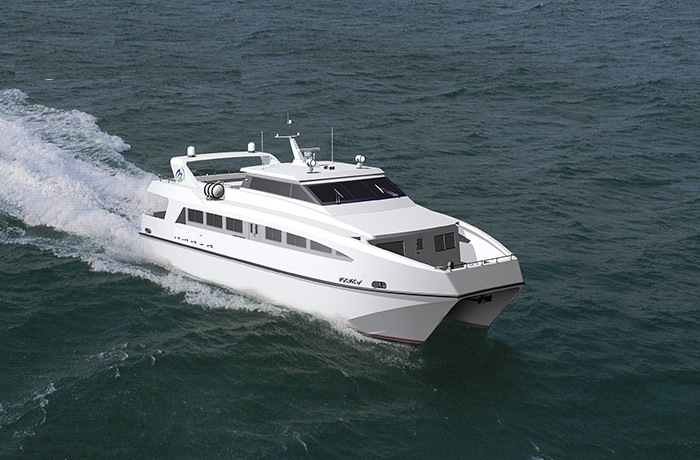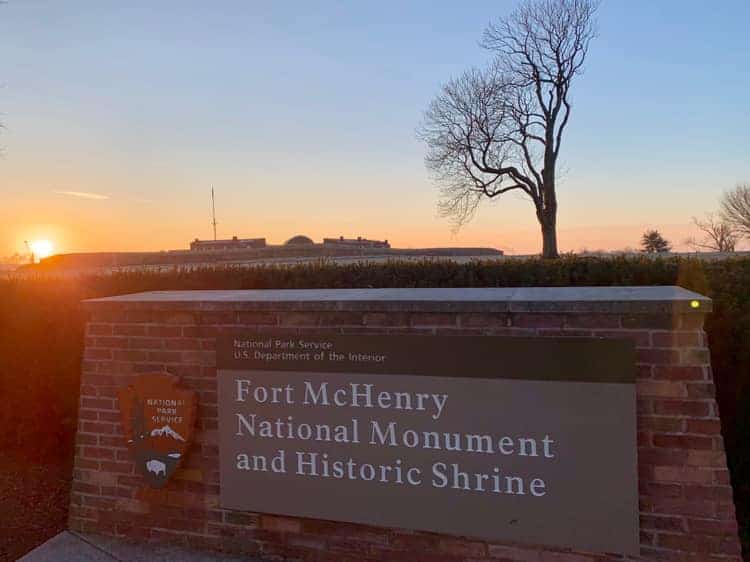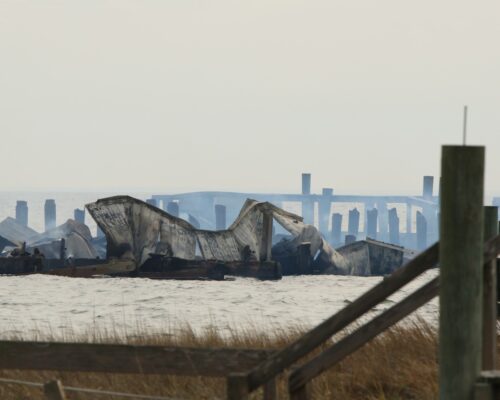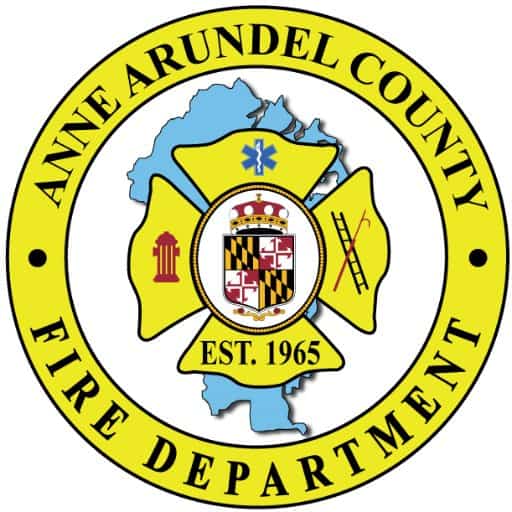The proposed high-speed ferry running between locations in the Maryland stretch of the Bay is evoking strong opinions, with a feasibility study just released. Further south, the Hampton Roads area is considering its own high-speed ferry to alleviate traffic.
Even with multiple bridges and tunnels, crossing the water by car is often delayed between the peninsula (Newport News and Hampton) and the south side. That is why Hampton Roads Transit (HRT) is considering ferry service between specific locations in Newport News, Hampton, and Norfolk. A preliminary feasibility study was just presented to the city of Newport News.
A ferry called the Zephyr operated between Hampton and Norfolk from from 1999 to 2002. The boat ran on a 2-hour schedule and cost $5 each way, but service ended due to lack of use.
This time, HRT believes demand will increase, and better planning might make a ferry system practical again. Even with the ongoing expansion of the Hampton Roads Bridge Tunnel (HRBT), HRT predicts that the number of individuals who need to cross the water will expand in the future. HRT believes that an increase in the area workforce will put more pressure on the area’s transportation systems as time goes by.
The study outlines a few possible landing sites, with advantages and disadvantages of each site noted. Some sites would be much more expensive to outfit than others. A site at the end of 28th Street in Newport News, for example, is close to Newport News Shipbuilding and several transportation hubs. However, there is no infrastructure in place. Permitting, dredging, and construction would be required. That takes money and time.
Other peninsula spots being considered are 23rd Street in Newport News, the Air and Space Center in Hampton, and the Hampton Maritime Center. In Norfolk, the ferries could dock at Waterside. Riders wanting to get to Portsmouth can connect to the existing Portsmouth ferry at Waterside.
New, higher-speed boats would be required, too. The ferries that currently transport passengers between Norfolk and Portsmouth are too slow to use for the longer distances between the peninsula and the south side. They are also not designed for open unprotected water. The study suggests that a catamaran ferry with a speed of at least 30 knots would be required for safety and timeliness. The vessel would need to carry at least 150 passengers, perhaps more. The study estimates that it would cost over $16 million just to purchase three ferries. It will cost between $2 and $3 million a year to operate the ferries, depending on schedules.
Funding would come from a variety of sources, says Thomas Becher, Communications Manager for HRT. “Funding would be divided between the cities. We would apply for grants for startup costs,” he said. The price of a ticket, which has not been determined, would need to be low enough to attract riders but high enough to cover expenses.
Unfortunately, because of security concerns, the ferries would not have stops at Newport News Shipyard or the Norfolk Naval Shipyard, two of the largest employers on the waterway. “The waterways by those facilities are restricted,” said Becher. Both of those locations have daily traffic and parking issues, and could really benefit from a new way to get to work. Becher noted that the ferries will be open to the public, so it is not feasible to limit ridership exclusively to workers from one or two installations.
The plan does not include possible stops at tourist attractions such as Fort Monroe. The goal of the ferries is to move people between population and working hubs. Tourists can certainly use the ferries, but the focus is on the commuting workforce.
The plan is a work in progress, and is being continuously updated. At some point the plan will also be presented at additional cities such as Norfolk and Hampton.




